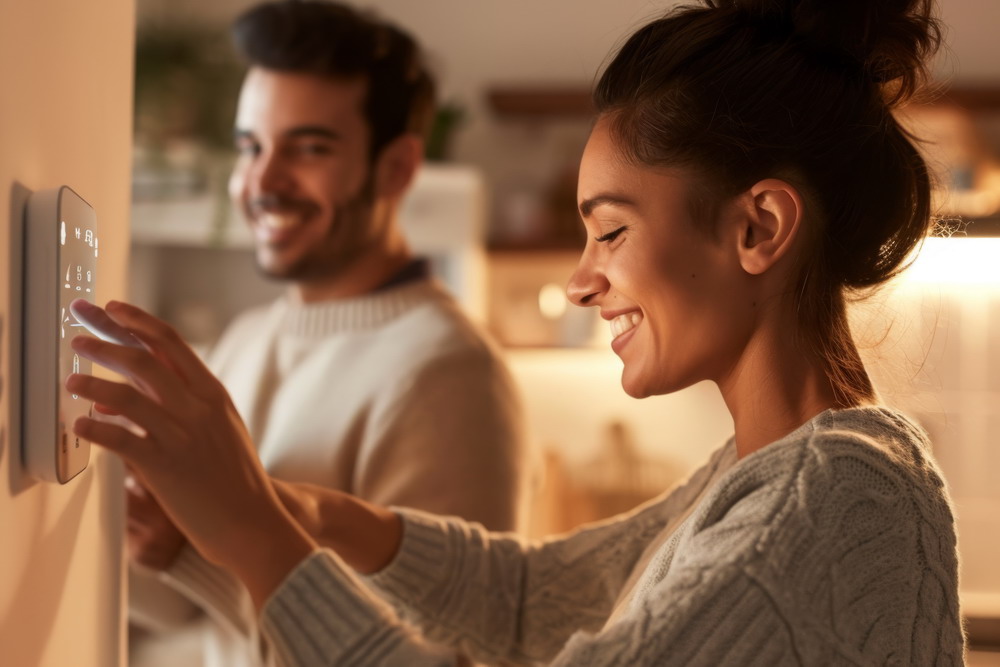
Home automation is one of the hottest things in technology right now. Despite some concerns about security and home automation’s reliance on the internet, consumers are still adopting it. Some start with one or two devices while others go for a full system upfront. There is no right or wrong way to do it.
If you are new to home automation, you might be feeling overwhelmed by all the choices you have. That is reasonable. As a beginner, you would not be expected to know all the finer details. Unfortunately, a lack of knowledge can make it hard for a beginner to know where to start. If you find yourself in such a position, perhaps this post will help.
Below are some tips for smart home beginners, complements of Vivint Smart Home:
1. Start With a Single Device
You may be leery of investing a lot of money in a complete home automation system. That’s fine. There is nothing wrong with starting out by investing in a single device. Some of the more common devices purchased by beginners include:
- Smart speakers
- Smart light bulbs
- Video doorbells
- Smart locks
The idea of starting with a single device is to get your feet wet. Something like a pack of smart light bulbs or a smart speaker can introduce you to the capabilities home automation has to offer without overwhelming you with tons of features and options.
2. Determine if You Want Security Features
Some people keep home automation separate from their security strategies. If that is something you were to do, this would be fine. But note that you can combine home automation and security in a single setup. A lot of people do.
A combination system would include convenience and energy saving features like a smart thermostat and smart lighting. It would also include security features like video cameras and window and door sensors.
Vivint suggests doing your best to figure this one out before purchasing a pre-configured system. Complete systems can be expensive. There are also compatibility issues we are trying to add devices after the fact. So if you want to integrate home security and automation in a single system, it’s better to do so right from the start.
3. Seriously Consider a Hub
If you start with a single device while planning to eventually build an entire system piecemeal, give serious consideration to investing in a hub. Otherwise, you might find yourself dealing with half-a-dozen mobile apps – or more! That is too many apps to keep track of.
A hub lets you control every device in your system from a central location. Also note that most modern hubs also come with a companion mobile app. It is important to understand that investing in a hub doesn’t mean not having smartphone access.
4. Consider Professional Installation
Perhaps you are not interested in building a DIY system piecemeal. You are planning to purchase a pre-configured system with all the devices you think you’ll need. Great. Now consider professional installation.
DIY installation is certainly an option. You might be able to save a little money doing it yourself. But how much is your time worth? You might be better off paying for professional installation so that you can put your time into more important things.
Home automation comes with a steep learning curve. If you are a beginner, don’t be discouraged. Getting from start to finish could be somewhat frustrating. Over time though, you will figure it all out and all will be well. Be patient and hang in there. Mastering the learning curve opens up a whole world of home automation wonders.


